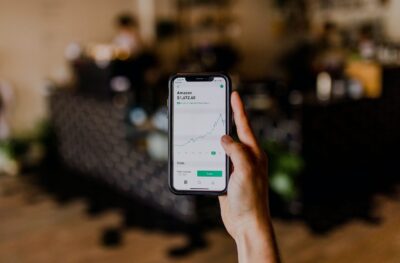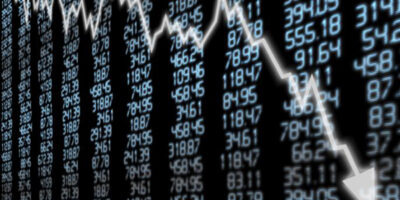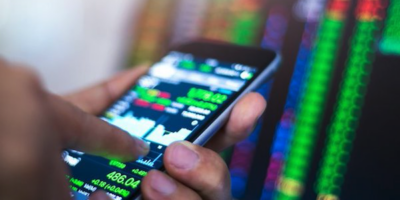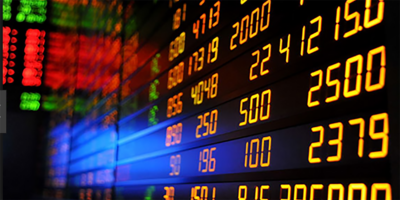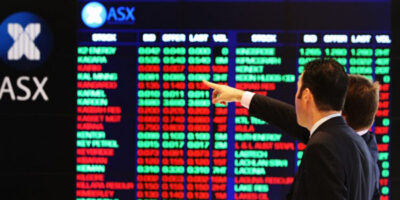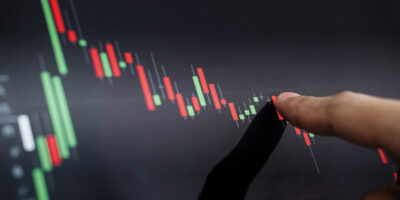Global sharemarkets continued their incredible rally even as protests and riots continued in the US, following President Trump’s call to bring in the military.
Despite widespread geopolitical and societal tension, be it from US protests or the threat of a renewed trade war with China, the market seem to keep powering through exhibiting the disconnect between Wall Street and Main Street.
With markets waiting with baited breath for President Trump’s speech on his policy towards China. The ASX 200 (ASX:XJO) fell heavily in the afternoon to finish down 1.6% for the day.
Here’s what Australian financial planners need to know about ASX shares and overseas markets on Friday morning. The ASX is expected to open slightly lower.
Wednesday proved to be another wild day for markets with Australia’s ASX 200 index down over 1% at the open, only to rally 2% and finally finish 5 points down as the session ended.
The ASX 200 experienced its best day in over seven weeks on Tuesday, adding 2.9% to 5,780 points, with all sectors increasing. The Australian share market has now regained 31.2% from its March lows.
In the USA, it was Memorial Day. However, a strong lead from the local futures market was enough to send the ASX 200 to an 11-week high on Monday, but over 2% for the day.
It was another strong week for global markets with the ASX 200 rising 1.7% and the Dow Jones ending up 3.3% last week, as reporting season continued.
It seems to me that global markets are stuck in a trading pattern, oscillating between euphoria when signs of a vaccine are announced, to despair as new economic results and increasingly protectionist policies are released around the world.
Here’s the Financial Planning news you need to know. Overnight, global share markets recovered on the back of an improving crude oil price, now $32 per barrel, and an uptick in airline bookings, sending both sectors up 4% in the US.


